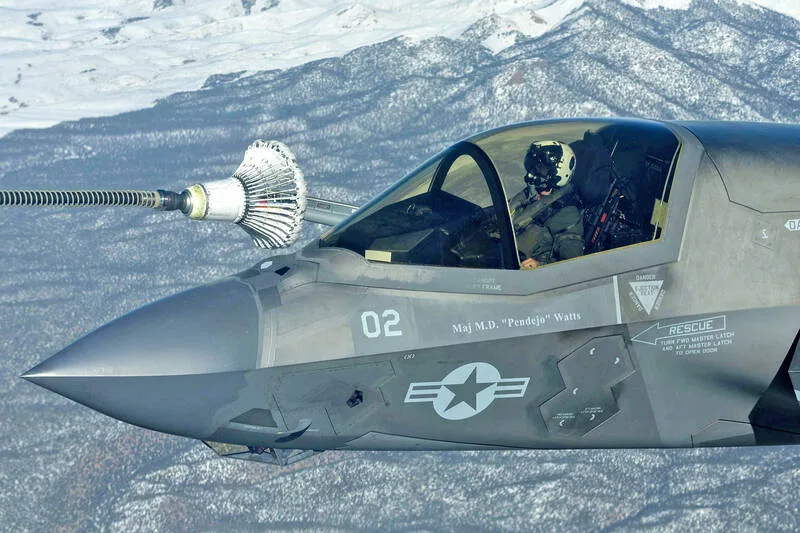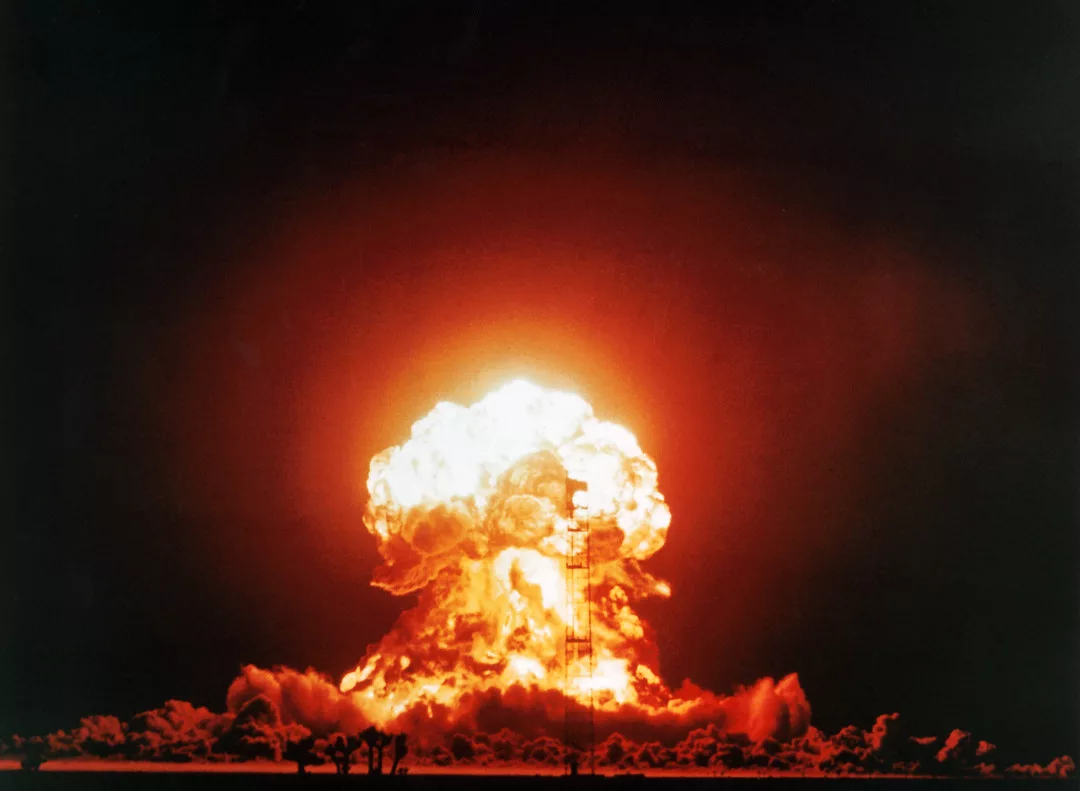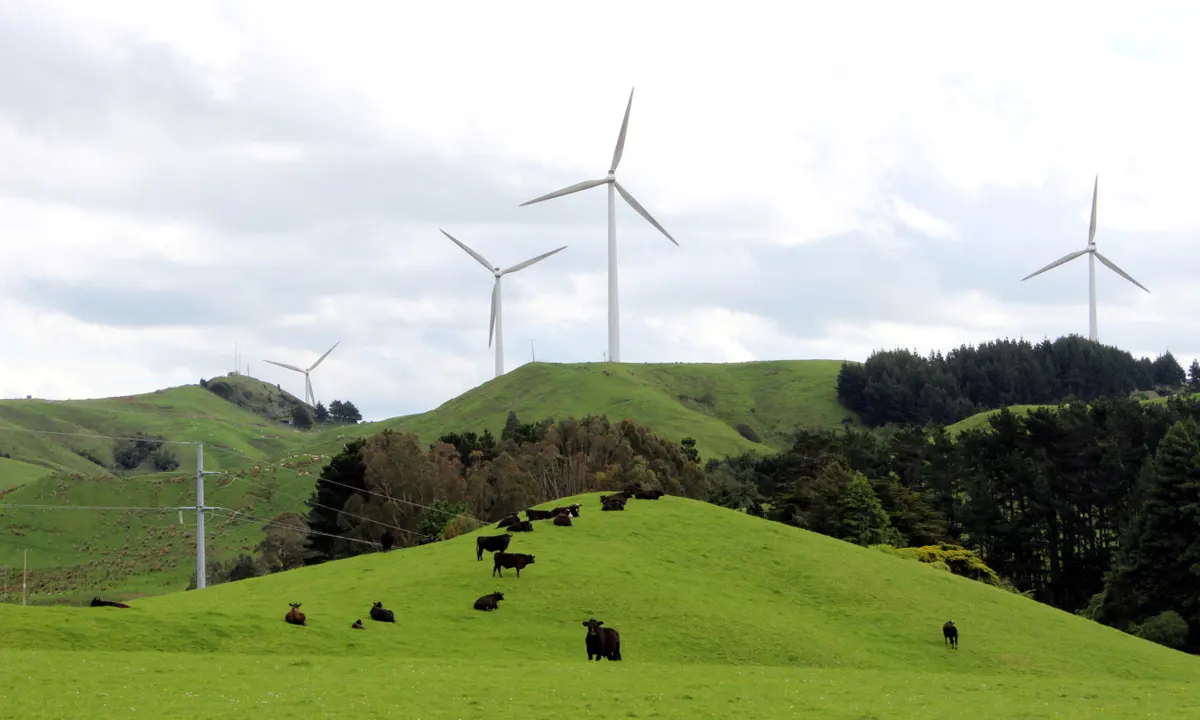“Catastrophic Consequences of Nuclear Warfare in 2023 Haunt Humanity’s Imagination”

“Catastrophic Consequences of Nuclear Warfare Haunt Humanity’s Imagination”
For decades, experts have been exploring the potential consequences of a nuclear war on the Earth’s systems. Early research by American scientists utilized a radiative-convective climate model to demonstrate the occurrence of a nuclear winter, due to the smoke produced from forest fires triggered by nuclear weapons. These findings were later strengthened by Russian scientists who conducted a three-dimensional climate modelling that indicated a drop in global temperatures, particularly on land, which could lead to a worldwide agricultural collapse.
Although the nuclear winter theory was initially criticized for its lack of accuracy, current studies have shown that these predictions were based on imprecise scenarios and physical parameters. With the advancement of technology and the sophistication of climate models, the basic mechanisms of nuclear winter have been confirmed, and the consequences of a nuclear war are now seen as more severe and long-lasting than previously believed.

New findings reveal that the extreme heat and pressure generated by a thermonuclear explosion could spark widespread fires in both urban and rural areas. A single 300-kiloton blast in a major city such as New York or Washington D.C. could result in a fire that would spread out to a radius of 5.6 kilo meters, regardless of weather conditions. The explosion would also turn the air in the surrounding area into dust, fire, and smoke.
But the consequences of a nuclear war would be far more devastating. Multiple cities, potentially hundreds, would simultaneously fall victim to mass fires, leading to global climatic changes and disrupting life on Earth for decades.
The smoke produced by these fires could also send massive amounts of soot into the stratosphere, Earth’s upper atmosphere. In the event of an all-out nuclear war between India and Pakistan, with each country launching 100 average-yield 15 kiloton nuclear warheads, it is estimated that up to 5 million tons of soot could be injected into the stratosphere. This would be equivalent to the mass of the Great Pyramid of Giza, turned into superheated dust.
In recent years, both India and Pakistan have significantly increased their nuclear capabilities. It is estimated that by 2025, each country could possess up to 250 nuclear weapons with yields ranging from 12 kilotons to several hundred kilotons. These projections, however, are based on estimates from the late 2000s and do not account for the continued expansion of their nuclear arsenals. A potential nuclear conflict between the two nations could result in a release of up to 47 Tg of soot into the stratosphere, causing potentially devastating consequences.

As the conflict in Ukraine continues, Russian officials, including President Putin, have made multiple statements regarding the use of nuclear weapons. These threats seem to be aimed at deterring Western nations from taking military action. However, if a nuclear war were to occur, the outcome would be catastrophic. The amount of soot from the explosions could reach 150 Tg and spread into the stratosphere, resulting in a nuclear winter that would have devastating effects on all forms of life for decades to come.
The prospect of a global nuclear apocalypse is a haunting scenario that sends shivers down the spines of people everywhere. The aftermath of such a war is a bleak picture, with dire consequences for humanity. The concept of a nuclear winter, and the utter destruction of civilization, is not a future that survivors would want to endure. As the world continues to grapple with the threat of nuclear weapons, it’s crucial to consider the devastating consequences that would result from their use.”
According to a new study published in the journal Risk Analysis, certain countries have a higher chance of survival in the event of a nuclear apocalypse. The study analysed 38 island countries based on 13 factors and found that Australia, New Zealand, Iceland, and two Pacific Ocean Island countries (Solomon Islands and Vanuatu) are the most likely to survive and even play a crucial role in restoring human civilization.
These countries were found to have the best chances of survival due to their ability to produce enough food for their populations and their distance from potential conflict zones. The authors of the study believe that these pockets of hope will be vital in the rebuilding process after a catastrophic event.
This research sheds light on the importance of preparedness and the need for countries to have self-sufficient food production capabilities in the face of a global crisis. While the effects of a nuclear apocalypse would be widespread, it is comforting to know that some regions have a higher chance of survival and future growth.
The study found that Australia boasts a massive food supply buffer, capable of feeding numerous additional individuals. The country’s strong infrastructure, substantial energy surplus, robust health security, and well-funded defence system all contribute to its top ranking. However, the study also highlights a potential challenge, as Australia’s close military alliances with the United Kingdom and the United States make it a potential target in the event of a nuclear conflict.

New Zealand possesses several benefits that have been noted by experts, one of which is its long-standing commitment to being nuclear-free. Additionally, the country’s proximity to the ocean and its ability to withstand abrupt decreases in temperature would also play a crucial role in ensuring its resilience during a global event, such as a period of darkness.
According to a recent study conducted by the University of Otago, Wellington, New Zealand has a highly efficient food export economy that has the potential to provide multiple meals to its citizens through exports alone. The study’s author, Professor Nick Wilson, stated that even in the face of a potential 61% reduction in crop yields during a nuclear winter, the country’s food supply would still be sufficient to meet the needs of its population. This is a significant finding, highlighting the resilience and strength of New Zealand’s food system.
New Zealand’s reputation for having a strong food supply and high social cohesion may be put to the test if global trade were to shut down, according to a recent report by researchers Wilson and Dr Matt Boyd. Despite being abundant in food, the country’s reliance on imports for essential items such as diesel, pesticides and machinery could put it at risk in the event of a crisis.
The report highlights that while other island nations may still have the ability to produce food, the potential collapse of industry and social cohesion could be a significant hindrance to their resilience. Furthermore, countries like China, Russia, and the United States could see a decline in food production by up to 97% under a nuclear winter scenario, requiring them to rely on new food production technologies.
Wilson expressed his concern about the situation, stating that New Zealand may have a false sense of security. He emphasized the importance of preparing for the worst and ensuring that the country is able to withstand any potential threats to its food security.
New York Times reported in 1964 that a small yet consistent stream of Americans was relocating to New Zealand to escape the potential threat of nuclear war in the northern hemisphere. However, recent analysis by Wren Green suggests that the island nation may not be as safe as it seems. Although New Zealand appears to be geographically and structurally well-positioned to endure a conflict in the north, appearances can be deceiving and it is important to consider all potential outcomes.
The United States Environmental Protection Agency has revealed that a nuclear detonation can send radioactive materials as high as 80 kilo meters into the atmosphere. These particles, known as fallout, can circulate the world for years and are subject to wind and weather patterns.
According to Auckland University physicist Dr David Krofcheck, approximately one-third of radioactive fallout could potentially cross hemispheres. However, he believes that the amount of fallout reaching New Zealand would not pose a significant health risk to the public.
This sentiment is echoed by Professor Brian Toon, who has extensively researched and modelled the impacts of nuclear war. He states that it is unlikely that radioactivity would pose a threat to New Zealand in the event of a global conflict.
The findings of these experts serve as a reminder of the need for continued efforts towards nuclear non-proliferation and the importance of maintaining peace and stability on a global scale.
edited and proofread by nikita sharma




